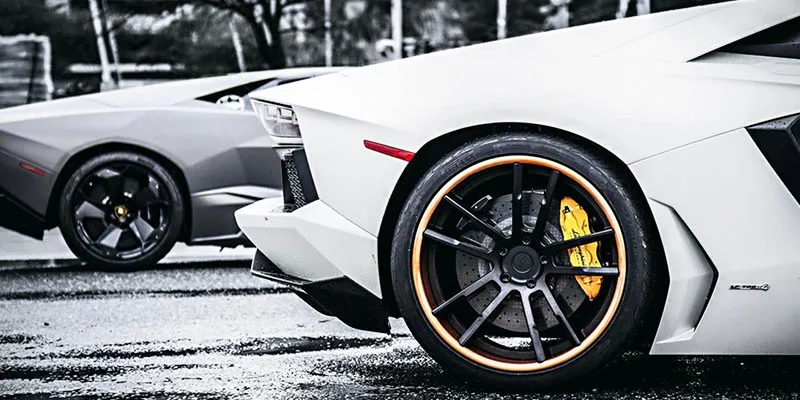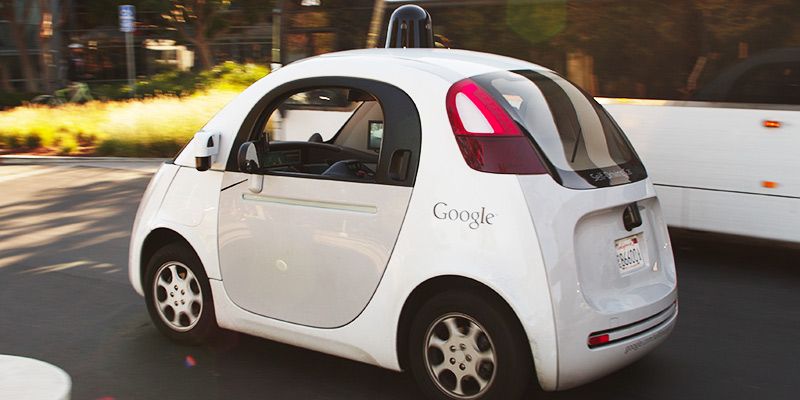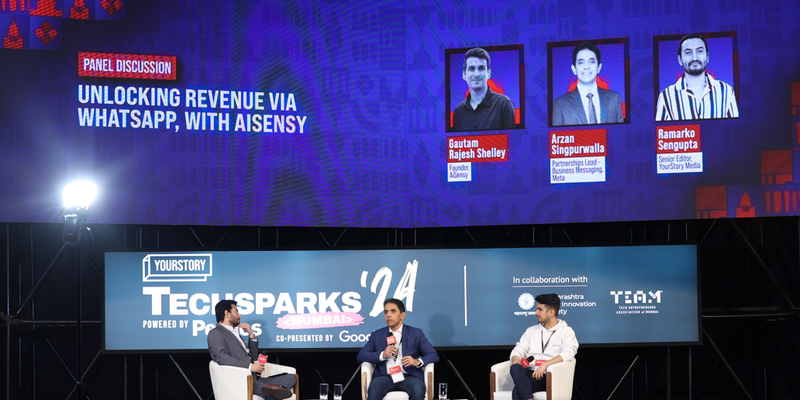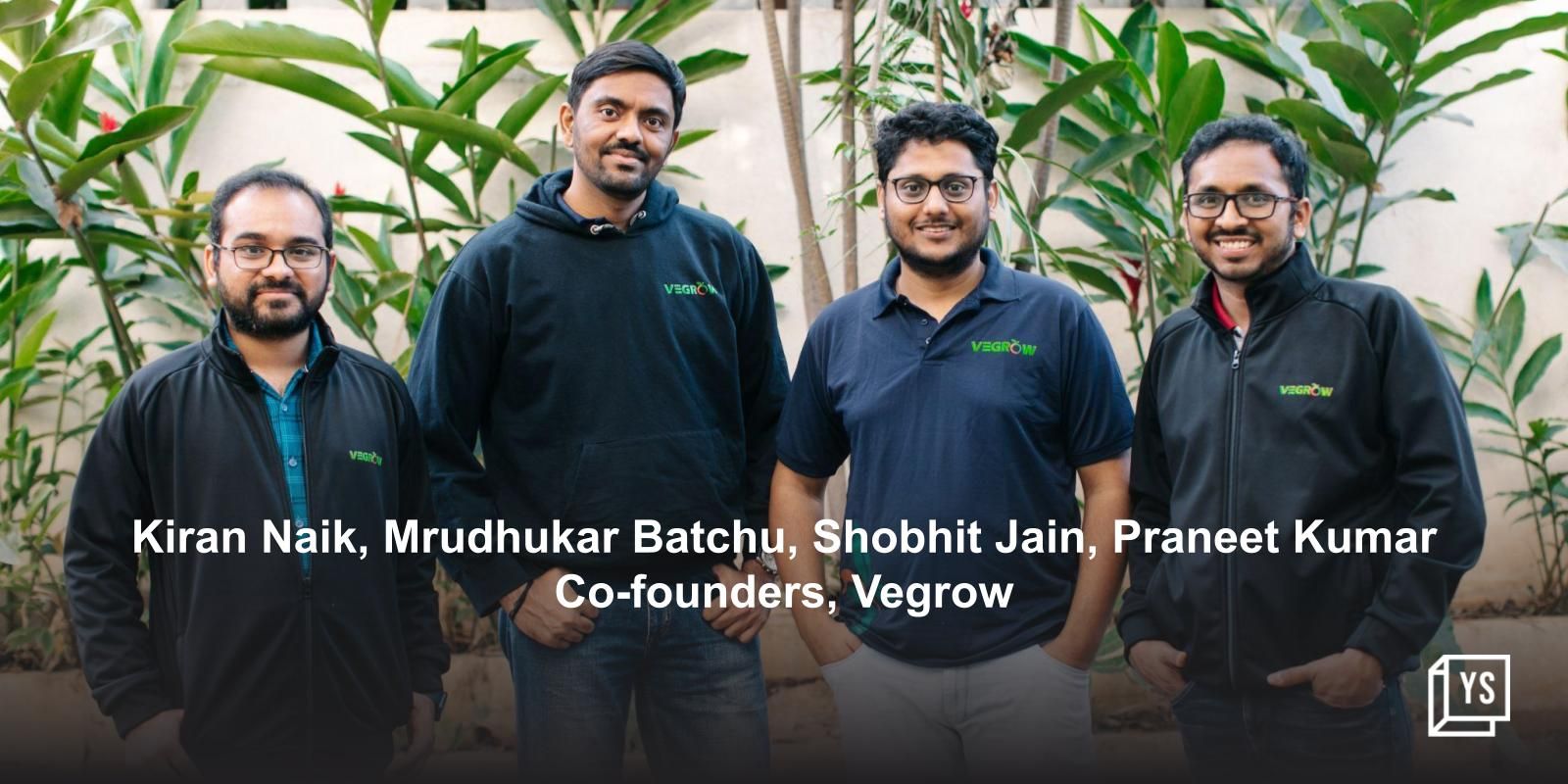The connected car revolution is happening out of India for the globe - why we need to seize the moment
Recently in Bengaluru, the $5 billion Nvidia, the US-based technology giant, invited 25 startups to make demos of communication platforms for connected vehicles with the help of the incubator AutoNebula. The objective was to understand how simulated experiences, of driving a connected vehicle, could be introduced into the real world. AutoNebula wants to find 20 startups, with connected vehicle ideas, in each major city in India. Within six miles, of Nvidia, there is Robert Bosch Engineering India Limited, which is building interfaces for smartphones and the car’s telematics unit for Indian automobile manufacturers like Maruti Suzuki to Mahindra & Mahindra and global brands like General Motor’s “Cadillac” brand. A few miles from RBEI there is Continental, another billion dollar technology giant, which is building software for vehicles to communicate with each other and the city’s traffic management service.

Opportunities for startups
If the work of corporates wasn’t enough, there are a number of startups building connected vehicle platforms.
- Savari Networks has already received a contract from Anne Harbour, in Michigan, to run a pilot service for communication between cars and the local council. This platform is powerful because it captures information flow from cars to the traffic management system, which will then give the council real-time data to manage cars, during emergencies, by beaming information to drivers.
- Raksha SafeDrive has built a stack to manage emergency services for vehicle owners.
- Ather Energy is building much more than just an electric bike, whose telematics unit is going to have elements of cloud-based services for drivers to discover cities.
- There are startups like Trak N Tell and CarIQ building their own safety and predictive maintenance features on a platform.
“This is just the beginning. We need an ecosystem to come together to get everybody from the software and hardware side together,” says Chetan Maini, the Founder of the Reva Electric car, which is now owned by M&M. Chetan himself has already chalked out plans for a connected vehicle technology startup with sustainable mobility as the objective.
New business models, new standards
New business models will emerge, which will include network operators, automobile companies, startups, IT-Services companies, technology companies, software security companies, analytics providers, and cloud aggregators. However, there has to be a standard of communication that automobile companies have to agree upon. However, one must be weary over the legal wrangles that can emerge when cars get hacked or when information is stolen or if the car malfunctions because of the software.
- The communication wars are between Ethernet and WiFi, which will be sorted by the likes of Broadcom and Qualcomm. There is an alliance of 57 automobile companies who have formed the Open Automobile Alliance, which wants to bring an Android-based standard for smartphone integration in cars.
The latter is already in advanced stages, where auto manufacturers have integrated certain smartphone features like music and maps on to the telematics unit of the car. Tata Motors has worked with Harman Electronics to integrate the vehicle’s telematics units with smartphone interfaces.
Every car coming out from the year 2025, globally, will have complete connected systems. This mobility device in the car will collect all information of the car – its performance, failures, and driving habits – and send it to the corporate in the real time to offer its customers better services. Second, the information of every car will be constantly in communiqué with the citizen services infrastructure operated by the local council.
IT services and the market size
This entire information stack, of consumer-to-corporation, is going to need a lot of integration and maintenance, which will be provided by IT services giants like Infosys, TCS, and Wipro. These giants have all won contracts with global car manufacturers to do design work and maintain IT infrastructure. Infosys works for Daimler and there is every opportunity to manage connected vehicle platforms. “Machine learning will be an opportunity across verticals in the IT business,” says Vishal Sikka, CEO of Infosys, in a recent press conference announcing the results of the company. Infosys has also worked with the likes of Toyota Motor Corporation to manage their dealer management systems in North America and Europe.
MarketdandMarkets forecasts that the market size for connected vehicles will reach $46.69 billion by 2020. There is more evidence of its growth. According to Gatrner Inc., there will be a quarter billion connected vehicles on the road, enabling new in-vehicle services and automated driving capabilities. Gartner adds that during the next five years, the proportion of new vehicles equipped with this capability will increase dramatically, making connected cars a major element of the Internet of Things (IoT). Gartner forecasted that 4.9 billion connected things were in use in 2015, up 30 per cent from 2014, and will reach 25 billion by 2020.
“The connected car is already a reality, and in-vehicle wireless connectivity is rapidly expanding from luxury models and premium brands, to high-volume midmarket models,” says James F. Hines, Research Director at Gartner. “The increased consumption and creation of digital content within the vehicle will drive the need for more sophisticated infotainment systems, creating opportunities for application processors, graphics accelerators, displays and human-machine interface technologies,” says James. “At the same time, new concepts of mobility and vehicle usage will lead to new business models and expansion of alternatives to car ownership, especially in urban environments,” he adds.
Gartner forecasts that about one in five vehicles on the road worldwide will have some form of wireless network connection by 2020, amounting to more than 250 million connected vehicles. The proliferation of vehicle connectivity will have implications across the major functional areas of telematics, automated driving, infotainment and mobility services.

What is a connected vehicle?
In one sentence, the connected car is a consumer device whose owner agrees to share data – of the car – with the IT-infrastructure of governments and corporations. In return the consumer or owner accepts services – in the form of a paid service or contract – from the government and the corporate. Services from the automobile company would be predictive maintenance services and apps that improve the driving experience. The government will provide emergency management services or information about the city to drivers. Say there is a traffic jam, but the car can platoon vehicles into a particular road and avoid the clogged road. This is a technology marvel that needs the services of all players in the ecosystem. The technology terms generally used are Vehicle-2-Vehicle, Vehicle-2-Infrastructure, and Vehicle-2-Smartphone.
This is big business, indeed, but can there be the next wave of software-driven companies focussed in building connected vehicle platforms and services from India. The answer is, yes!











